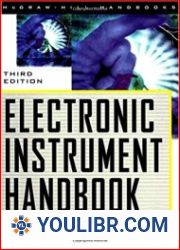
BOOKS - Recruitment Advertising as an Instrument of Employer Branding: A Linguistic P...


US $5.81

94889

94889
Recruitment Advertising as an Instrument of Employer Branding: A Linguistic Perspective
Author: Jolanta Lacka-Badura
Year: January 6, 2015
Format: PDF
File size: PDF 1.3 MB
Language: English
Year: January 6, 2015
Format: PDF
File size: PDF 1.3 MB
Language: English
The book offers a linguistic analysis of job advertising as an instrument of employer branding, investigating how the creation of the employer brand and the projection of employee value proposition are realised linguistically in a corpus of online job advertisements. The study is methodologically grounded in the current approaches to discourse analysis and business organisational communication, as it is broadly understood, with particular emphasis on genre and register analysis, the language of persuasion and evaluation, as well as the language of (organisational) values. The analysis conducted in the book demonstrates that job advertisements constitute a distinct promotional business genre, a member of the system of genres applied in the job search context, increasingly resembling multi-modal marketing-type ads. The rhetorical structure of online recruitment advertisements confirms the initial hypothesis that job ads contribute to the projection and reinforcement of employer brands. The register of recruitment ads clearly harmonises with the employer branding function of the extremely positive, encompassing a wide range of persuasive strategies, as well as lexico-grammatical choices contributing to the creation of employer brands, job advertising may justifiably be classified as a paradigm case of persuasion. With employer branding being deeply rooted in the values emanating from an organisation, the use of linguistic structures communicating or implying the system of attributes and values declared by the employing organisations is a powerful employer branding strategy, widely reflected in the corpus. Taking into account the interdisciplinary character of the analysis, the book will be of interest not only to linguists and business communication scholars, but also to human resource management and public relations researchers and practitioners.














































